The key to business, is repeat business. And how do you repeat business? With repeat customers. See, what the big conglomerates have understood is that customer, at times, is more important than your own employees. After all, the revenue stream can only sustain itself if customers come to you again and again and again. So, here’s the step 1 in going from a small business to an established player in the market: growing your business with customers and shaping your product line to suit the needs of an ever-evolving consumer taste. Both of these are imperative; failure to stick to either of these principles could get you to the same dumpster where Nokia and BlackBerry lie with all their glorious history and product lines.
The term ‘growing with customers’ refers to the mutual growth of a company and its customers via its products or services; the latter being sustainable enough to last generations. A good example of growing with customers would be Google or McDonalds as they both cater to the customer’s needs and tastes and evolve their product lines with input from popular demand and customer preferences. These two steps ensure that the business grows, alongside a barrage of repeat customers that sustain a business from generation to generation. Big businesses got to where they stand today by realizing this and making it so that the customer stays at the helm of the product line.
This customer-corporation relationship is a long-term one; meaning it passes on from generation to generation and a customer loyalty is built around the brand. Every brand strives for customer loyalty; be it a smartphone manufacturer, an automobile marquee or a press release distribution company, every single company out there works to establish a ‘repeat-customer’ strategy, which ensures that people keep returning to that one company that provides excellency and performance for a budget of their (the customers’) liking. Repeat business thus emerges, as customers find no reason to switch to anything other than the tried-and-tested, which already boasts satisfactory results.
To build further on the last example, a press release is a simple service that’s gone through its fair share of iterations to get to the 21st century. All this time, it has built a reputation around its cost-effectiveness and innovations in delivery systems, which has enabled it to stick around in the era of instant messaging and boast a considerable user base, one which consists of loyal customers of a single service. In the context of press releases, this is how a press release distribution company grows with its customers and products.
Of course, running a business isn’t that simple. You have to manage expectations of the customers with your budget size, not to mention the tiny little details that come into play when a small business vies to go big. If it were to be as simple as that, no business would truly fail, since Nokia and BlackBerry still have a dedicated customer base that uses its older products. That is why there is a whole approach towards dealing with customers in a way to make them part of the ‘repeat business’ strategy.
Here are a bunch of pointers that can help you understand how businesses progress with their customers, utilizing a ‘customer first’ approach, that focusses on product development that is market-relevant and consumer-centric.
Also Read: Press Release Best Practices in Modern Distribution
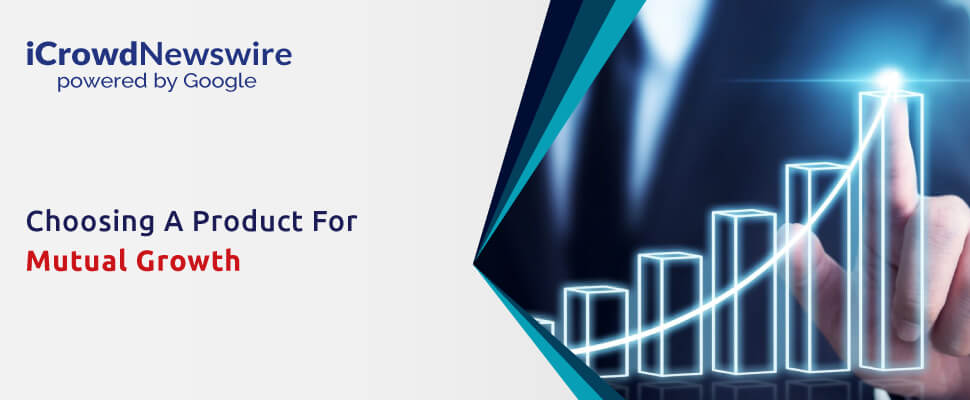
Companies strive for consumer loyalty through their products or services. People like Microsoft for Windows, not the company itself. Similarly, a press release distribution company is known by the service it offers, not by the team or the company itself. Therefore, one of the most important factors in making the leap from a small business to a big player in the market is choosing which product or product line will represent your company in front of the customers. This product line needs to be in tune with the times and cater to the customers need at the most basic level, which in turn will ensure that an effect of mutual growth of the company and the customer can be achieved; where repeat customers bring more business for the company, allowing for both to grow.
Choosing a frontline product also goes for service providers, which make use of classifications like ‘packages’ or ‘deals.’ A company would want a premium product showcasing its efficacy and performance, while a budgetary product to balance it out for the price-conscious consumers, completing a line of services that it can attract all types of customers with. Just getting the word out is not enough; for instance, a press release distribution company needs to put out all its packages it offers out on display to attract a customer that wants unbridled distribution, money no object and another customer that wants the most bang their buck can get. So, a lot of things must be considered while getting a product/ service line to front your company.
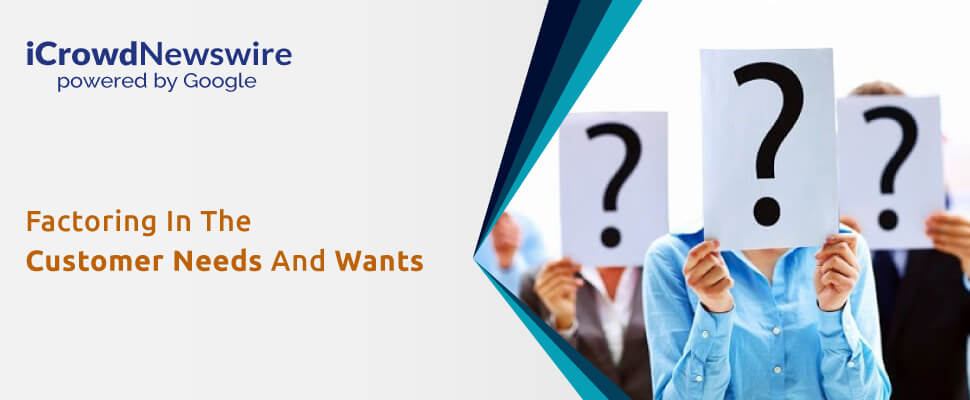
Another factor in deciding on the product/ service to front your company is to establish a set criterion of what the customer wants and expects from a product/ service in the class. Underdelivering is the one thing which is to be avoided everywhere, but in this case, it is to be done away with since the headlining service needs to stand its own ground against other competitors and make a good case for the company itself in front of the customers. A good way to start this is by carefully studying the market trends, which will reveal the customer’s mentality; what it wants and what is he/ she looking to spend on it. Studying market trends will help you gain valuable insight into customer preferences and the trends of the time.
A good product line contains in it two things; a product that is developed by keeping in view the trends of the time, and a product/ service that caters to what an ideal customer as an individual would need from the company. The second factor is the most imperative; mapping out a potential customer and their requirement can help a company tailor its product to the exact specifications or configurations a customer would want, which would in turn, get the company a customer that understands that the company looks out for him/her in the form of products tailor-made for them.
Customer needs and wants will also make the customer think that the company is quick to understand the customer and adapts to the changes as the customers see fit. A good example for this would be Google; it is seen as a very customer-centric company whose products transcend beyond helpful or convenient and make themselves indispensable for the user. Take, for instance, Gmail or Google Maps, which serve as important services used and relied on by millions throughout the day. These are services shaped up by customer demands and updates bought on by studying how consumers interact with the application and what they require.

Once all that is done, the time comes for the company to release or launch the service/ product and gauge customer reaction to the product. A slow and time-consuming process, this part of developing a long-standing relationship between a company and its customer is equally important as it helps the company understand how the product interacts with the customers and gauge the customers’ reactions to it. Furthermore, the customer also has their own ideas and inputs; ways they think the product or service can be improved. From pricing suggestions to add-ons and whatnot, the customer’s input can really help with the further polishing of the product, and in the case of services, it can further help with the newer versions of the service perform better.
This input, in the form of stars and likes and dislikes and whatnot is essential for services. For example, if we are to continue with the theme of press release distribution, a ‘Rate 1-10 your experience of using the service’ and ‘Comments are appreciated’ would be able to pinpoint the problems in an existing service and can really help gauge how well the product sits with the customers.

Once a single product has been polished enough and has now become a proven winner, the company can then go ahead and double down on the success of a single product and expand it into a line of products. This may or may not be good; take for example, a fast-food company like McDonalds, whose business model works on their ability to maintain and serve a wide selection of items, which is called its product line. This choice makes the fast-food company a leader in its segment; the fact that a single menu contains tons of different items, all available at your order makes it unfeasible for the company to focus on a single product and double down on it.
On the contrary, you’ve got companies like Coca-Cola and Microsoft, which focus on a single product, and then double down on it, by releasing new updates (Windows) and flavors (Coke) to an already existing and established product. These companies are the proof that billion-dollar empires can be constructed on a single, globally consumed product, whose variations can be marketed according to local tastes and regulations. Coke does not need to display ten or twenty products in its catalogue; there’s the classic Coke, there’s Sprite and Fanta. And that’s all the customer wants and gets; the rest is just variations to an already established brand and product (Coca Cola Cherry and Sprite Cranberry).
These two examples and models were for products, but shaping up the services a company provides also takes the same route. Again, sticking to our press release examples, once a company has a sure press release distribution method on its hand, one that has proven itself to be a winner, it can then focus on how to expand the line of press release distribution services to include Premium and Budget options (they need not be titled that way, but a general categorization falls squarely in the economic region). The fact is, a customer looks for what can be essentially summarized as ‘most bang for your buck’; they look for the most to get from the least to spend. So, while shaping up the product line as a company to capitalize on a sustainable product that could help a company grow alongside customers, product managers and the management could look for titles that are according to the price; premium products that focus on better performance for more money and budget services that ensure a good deal for the customer, allowing a mutually beneficial relationship to spring up from this product line.
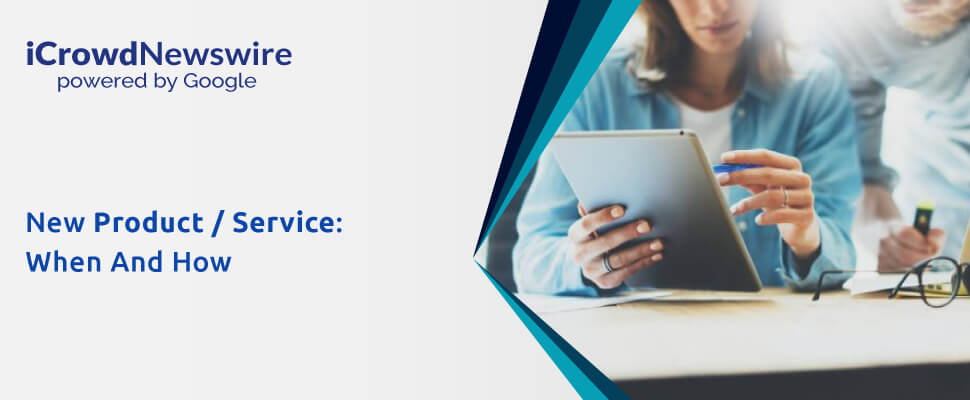
Expanding a service/ product right off the bat could result in a costly mistake. Instead, basing the launch of new products or revisions is solely based on how the original product has performed, not to mention the other intricate details like market trends, consumer demand and product growth potential. Again, with press release distribution, the company should first start out with a product, one that stands in the middle of being too pricey or too underperforming. When customers start seeing how good the service is and how their press release benefits from its inclusion as the distribution channel, they start clamoring and asking for more, which would be a sign to go for diversifying the range of services a company provides and at what price range they provide it.
Regarding the how, this again, depends on which market a company operates in, what products or services they deal with and how sluggish or active the market is. For instance, if you’re Toyota or Honda, there’s no reason for you to redesign the Civic or Corolla a year after a model launches; you’ve got to let the model run its course and then refresh it, preferably two to three years later.
How to launch a new product or service first begs the question: does a company need a new product or another variation. There is a considerable difference between the two; one requires development from the ground-up, the other needs a repackaging and a little bit of play on words to give it its own, distinct identity as a variation of the original, one that has been bought to the market on consumer demand. If we’re talking about press releases, one needs to determine both when and how; when to launch a new product and whether to launch an entirely new press release distribution service from the ground up, catering to a whole new market, or whether to introduce a variation of the existing press release distribution, preferably on the lines of the same premium and budget variations.
Also Read: How to write a press release for a new product
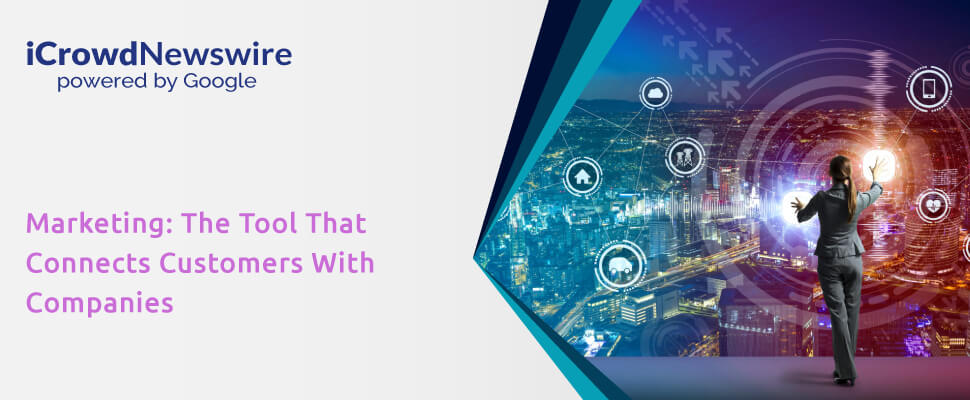
Great companies work on their public image extensively using tools like clever marketing ploys and adverts that resonate with a greater market, one that goes beyond just peddling the product. One good example would be mascots; these help ground a company’s image into one lovable, relatable character. But the most basic part of this would be great advertisements, be they on the print, electronic or social media. Because nothing gets a person more appreciative of a company than a good, humorous advert between a sea of boring old adverts during a commercial break.
Marketing is, according to many mass communication theorists and marketing agencies, the single most effective way of growing with people and associating with customers. Adverts, of the likes of ones from Coca Cola and Apple, achieve global statuses as best marketing campaigns because they position themselves as companies that invest in marketing and their image as much as they do on research and development. This goes on to show the people that the company relates to the people, and wants them to know how much they care about their customers and the people who intend to be a part of that specific family.
Beyond that, these above-mentioned companies have a history of great adverts and marketing campaigns that transcend way beyond just a regular advert; they impact marketing on the whole as a discipline and help set their products up for generations to come with memorable marketing campaigns and ploys; the one example of great marketing that transcends markets to become a truly global product is again Coca Cola, whose campaigns including polar bears, Santa Claus and singers and pop icons have made them one of the most valuable companies in the world.
Similarly, Apple makes adverts and does marketing to position itself as the provider of intelligent devices and solutions with a touch of class; where HTC and Samsung provide relatively simple-looking smartphones, Apple goes out on a limb and inundates the world with its bold, creative designs that help set the tone for the rest of the smartphone manufacturers and the whole market. It markets itself as that company, which makes it so in front of the people. This example can also be applied on press release and press release distribution companies; they can get behind a slogan, a catchphrase or a string of adverts that sets them apart from the rest of the competition and positions them as a certain company, which would make them one in the eyes of the consumer. This also helps set the stage for a company and its products to grow with the consumer and establish a long-lasting relationship by bringing in repeat customers.
Also Read: Effective Ways of Marketing a Press Release
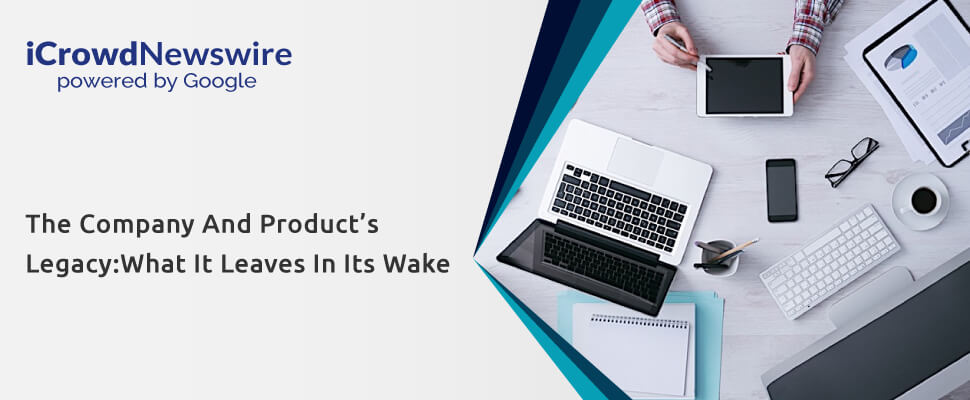
Once a company and its product has achieved a certain status among the people and repeat customers alike, it can boast a certain legacy for its products that further add to the prestige and the marketing factor of the product or service. By making sure that they grow with the consumer and enjoy a long-lasting relationship with the customer, companies are essentially building their legacy, of millions and millions of customers served and many lives revolutionized. This can only happen when companies stop thinking about profits and the next shareholder meeting and instead focusses on what makes them great and the company it is; not the products, but rather the customers that developed and shaped the product and caused the company to enjoy such a status within the community.
Companies which provide services like press release distribution can also bank on the fact they provide class-leading services and have built for themselves a loyal following that refuses any other service in the favor of a certain one; their legacy is their customer base and the millions in revenue that it has generated and the many businesses that have benefitted from it. Their legacy would not be a bottle in every hand, or a smartphone in every pocket; rather it is the customers that they have served and made them part of the experience, helping them to grow while growing themselves that constitute the legacy of a service-providing company, like a press release distribution company.
It is only the great companies and the truly multi-national conglomerates that enjoy a permanent relation with their customers- a base of following that they have amassed over the years by providing unrivalled services and products that set them apart from the sea of companies in the world. Associating with the customers and helping them grow in a mutually beneficial process is what separates the small businesses from the big guns in a market.
Some of these pointers are the truth in what companies need to do to be able to establish long-lasting relationships with customers; by using marketing tools, focusing on the customers rather than the revenue and understanding that Customer is King rather than money and revenue, companies can grow and allow for the customers and their businesses to grow with them by using their products as a sort of bridge; where companies interact with the customers and customers tell companies what they want; creating a mutually beneficial relationship between the two that is sustained for generations upon generations.
You may like these post too